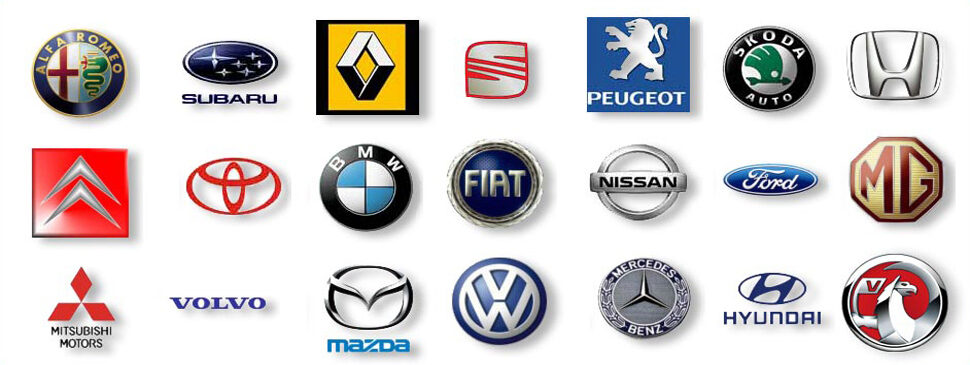Disc Brakes
Disc brakes are usually fitted to the front wheels though on high performance or larger vehicles they may also be fitted to the rear.
The main components of a disc brake are the:
- brake pads
- caliper, which contains a piston
- disc, which is mounted to the hub
The disc brake is similar to the brakes on a bicycle. Bicycle brakes have a caliper, which squeezes the brake pads against the wheel. In a disc brake, the brake pads squeeze the disc instead of the wheel, and the force is transmitted hydraulically instead of through a cable. Friction between the pads and the disc slows the disc down enabling the vehicle to slow down or stop.
Drum Brakes
Drum brakes work on the same principle as disc brakes i.e. shoes press against a spinning surface. In this system, that surface is called a drum.
When you step on your brake pedal the two curved brake shoes, which have a friction material lining, are forced by hydraulic wheel cylinders against the inner surface of a rotating brake drum. This contact produces friction causing the drum and the wheel to slow down or stop.
Many cars have drum brakes on the rear wheels and disc brakes on the front. Drum brakes have more parts than disc brakes and are harder to service, but they are less expensive to manufacture, and they easily incorporate an emergency brake mechanism.
ABS Brakes
ABS (anti-locking braking system) is designed to stop car wheels locking during heavy braking which can lead to skidding and loss of control.
With normal brakes, the brake pads exert pressure upon the wheels, causing them to rotate more slowly. This slows the car down whilst the continuing rotation allows the car to turn under control. This is because when the front wheels turn, as they continue to rotate they pull the front of the car in the desired direction. The problem is that if one of more wheels start to rotate at different speeds to the rest (when turning the wheels need to rotate at slightly different speeds otherwise the car wouldn’t turn) the wheels begin to lock. This can result in one or more of the wheels stopping rotating and just skidding along the ground. If you then turn whilst the wheels are sliding (and not turning) they cannot pull the front of the car around and you will skid forwards in a straight line. The car may begin to turn but continue to move in the original direction causing the car to face one way but move in another.
The ABS system monitors the speed of rotation of all the wheels and if it senses one turning at the wrong speed it can reduce or increase the brake pad pressure to allow that wheel to retain a similar speed to the rest, allowing the car to turn smoothly. The ABS system does this repeatedly when braking so you may feel a sort of pulse when this occurs.
